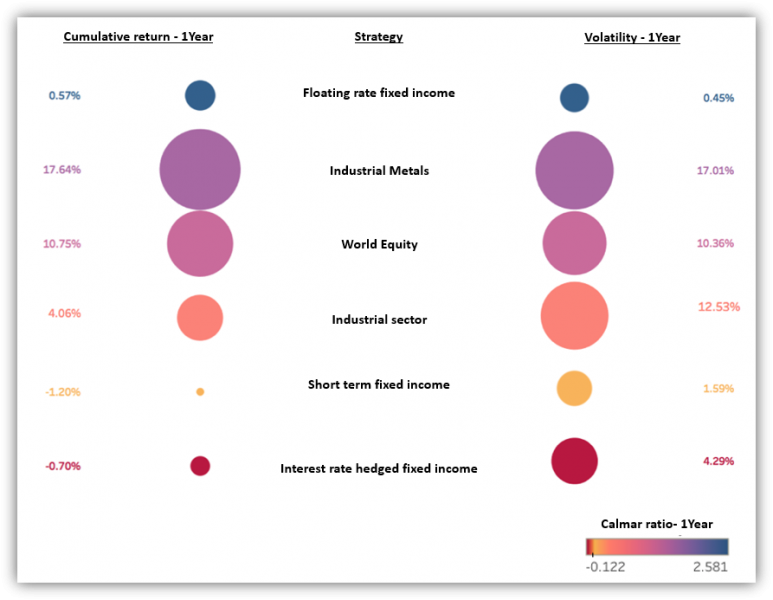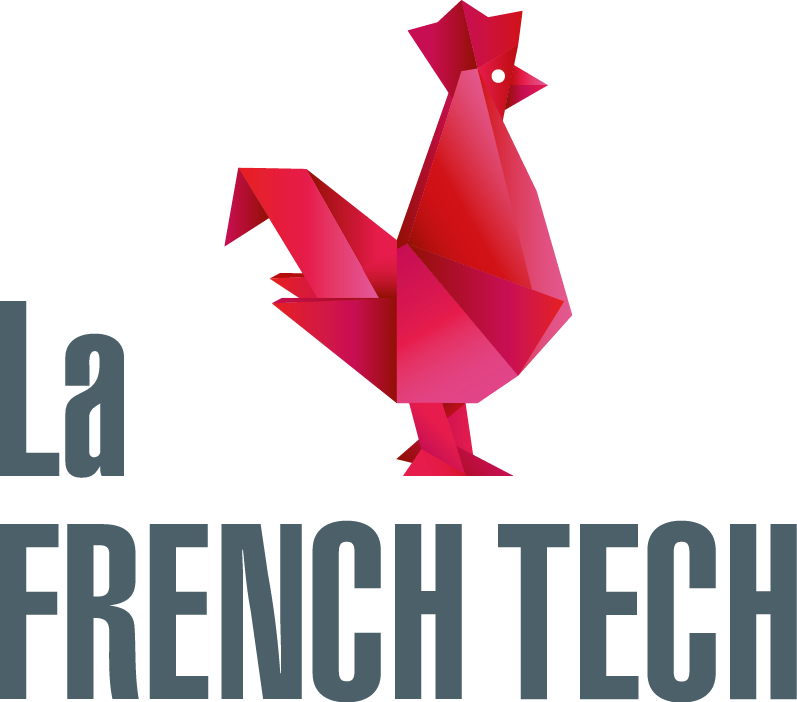After months of back and forth actions, the trade war is about to get real. The US tariffs on China will take effect today and target more than 800 items. China’s government is said to be ready to backfire by targeting about 545 American items.
Last week, a record was hit when $334 millions were poured by investors into Vanguard material ETF and $96 million retrieved from Vanguard industrial ETF. Simultaneously, the Federal Reserve decided to raise their benchmark-federal funds by a quarter point this year.
So how are the markets reacting to these changes?

We compared 6 strategies navigating through the current market conditions. The left column on the chart represents the strategies’ 1Year cumulative return, the right one shows the volatility, and all are ranked by Calmar ratio.
The markets have been able, until now, to absorb the multiple raises of interest rates mainly because of how small and well telegraphed they were. In case the federal reserve decides to make another increase this year, the rate is expected to be around 4.0%, which will make bonds even more attractive than they have been lately. As a result, some investors may prefer returning to bonds and thus, increase outflows from stocks. Indeed, different analyses focusing on the topic showed the existence of a negative correlation between the interest rates and stock prices
As we can see, some strategies still managed to perform regardless of the trade war, the rise of the interest rates and the increased cost of capital that comes with it. For instance, industrial metals and sectors had a cumulative return of respectively 17.64% and 4.06% when clearly, the short term fixed income and interest rate hedged fixed income under-performed with a -1.2% and -0.70% each.
So, what are the risks for investors in the future? Which are the investment strategies likely to resist the future market changes? To check more detailed analyses, check Quantilia platform.


